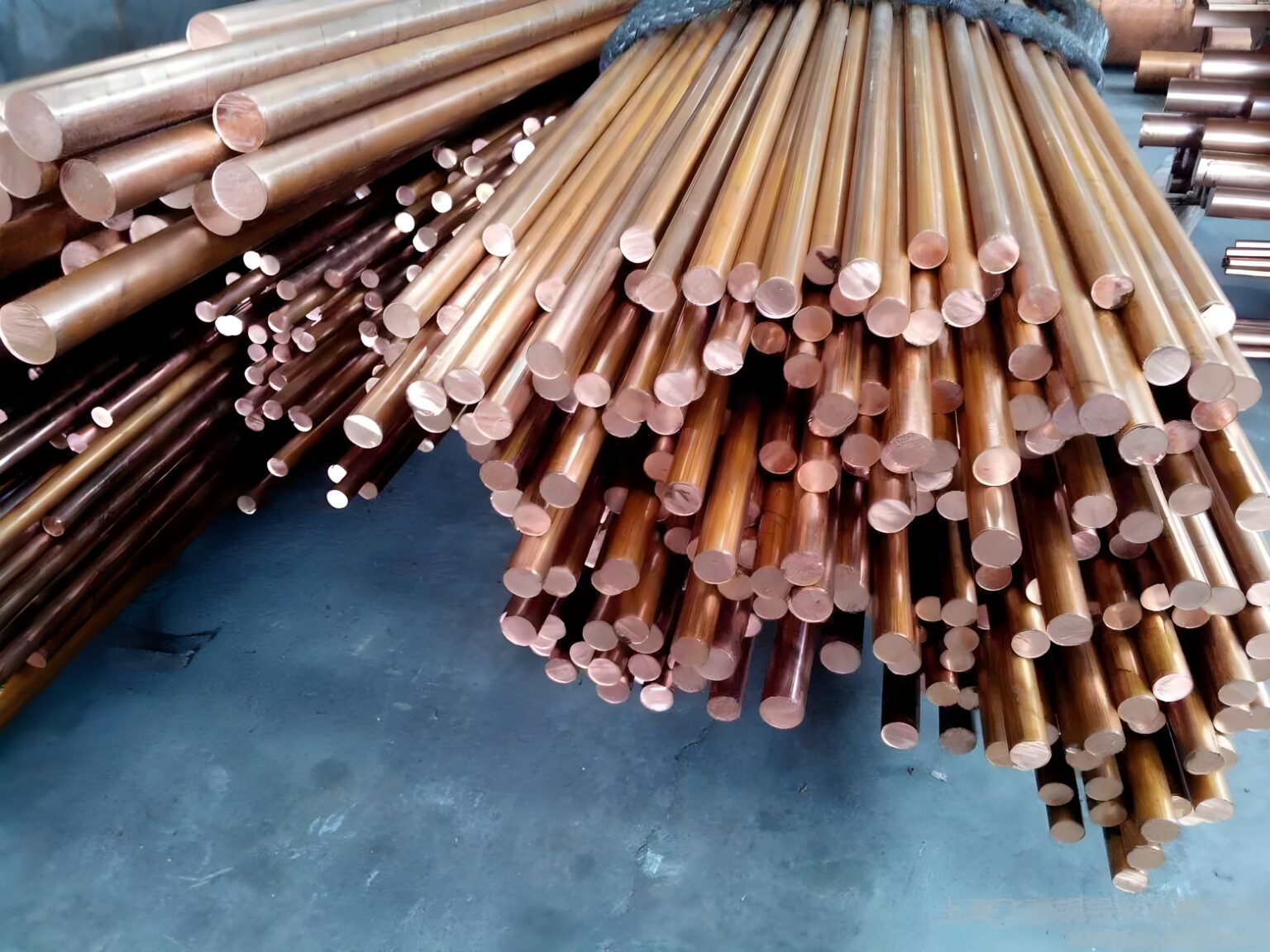DHP COPPER
DHP Copper, also known as Deoxidized High Phosphorus Copper, is a highly utilized copper alloy known for its excellent corrosion resistance, thermal and electrical conductivity, and ease of fabrication. It is commonly used in plumbing, heating, and industrial applications.
Composition
- Copper (Cu): 99.90%
- Phosphorus (P): 0.015-0.040%
GRADES
ASTM B 68 C 12200:
- ASTM B68: Standard Specification for Seamless Copper Tube, Bright Annealed.
- C12200: Designation for DHP Copper in this standard.
ASTM B 75 DLP C 12000:
- ASTM B75:Standard Specification for Seamless Copper Tube.
- C12000: Designation for Deoxidized Low Phosphorus Copper (often similar in applications).
BS 2871 Part 2 C 101: C 101:
BS 2871 Part 3 C 106:
- British Standard for copper tubes used in general engineering applications.
- C 106: Designation for ETP Copper in this standard.
EN 12451 DHP - CW 004A:
- European standard for copper and copper alloys – Seamless, round tubes for heat exchangers.
- CW 004A: European designation for ETP Copper.
JIS H 3300 C 1220:
- Japanese Industrial Standard for copper and copper alloy seamless tubes.
- C 1220: Japanese designation for ETP Copper.
Properties:
- Corrosion Resistance:
- Good resistance to corrosion in a variety of environments, including atmospheric, freshwater, and some acidic conditions.
- Susceptible to hydrogen embrittlement in reducing environments.
- Mechanical Properties:
- Tensile Strength:Typically around 220-300 MPa.
- Yield Strength: Approximately 70-100 MPa.
- Elongation: Generally around 30-40%, providing good ductility
- Hardness: Moderate hardness, with a typical Brinell hardness number (HB) of around 45-80.
- Thermal and Electrical Conductivity:
- Extremely high electrical conductivity, around 100% IACS (International Annealed Copper Standard).
- Excellent thermal conductivity, making it ideal for heat dissipation applications.
Applications:
- Plumbing and Heating: Used extensively in plumbing systems for water supply and heating due to its corrosion resistance and ease of fabrication.
- Heat Exchangers: Ideal for heat exchanger tubes due to its excellent thermal conductivity and resistance to corrosion.
- Industrial Applications: Employed in industrial equipment where good corrosion resistance and ease of welding are required.
- Electrical Applications: Used in electrical components where good conductivity is needed, though slightly lower than pure copper.
